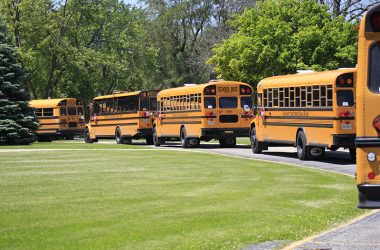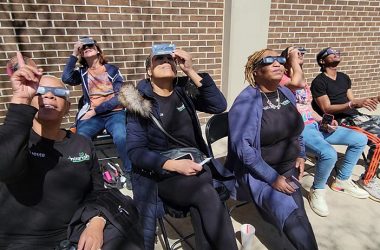You pay taxes on purchases made in stores along Halsted Street.
You pay taxes when you fill up your gas tank.
When people visit Windy City Cannabis, they pay a tax.
And, yes, will there be taxes collected when the Wind Creek Casino opens at Halsted and I-294.
But none of those taxes benefits schools. It’s local property owners’ taxes and state support that are covering the cost of schools.
The Nov. 8 referendum vote for Homewood District 153 schools will allow for an increase in the educational rate that has remained stagnant for 30 years. The proposal calls for the current tax rate of $4.40 per $100 assessed value of property to jump to $5.60. At the same time, the overall tax rate will drop within the next three years because the district is paying off its general obligation bonds.
The district is trying to close a $2-million deficit for its $23-million budget. Voters last approved a referendum in 2016 for a bond sale. That enabled the district to meet its obligations for seven years, but that money is depleting. Without a way to refill the coffers, the district will be forced to make operational cuts, hold off on needed repairs and facilities updates and continue to borrow to cover expenses.
Ron Zinnerman, a member of the school board, said what the board is dealing with is a structural deficit.
“A structural deficit results from a fundamental imbalance” when government receipts don’t match expenditures, he said. It is different from a deficit based on short-term factors.
“I’ve heard several times, ‘What could you have done differently?’ We would have passed something ourselves to get receipts from commercial businesses. We would have had casino revenues, marijuana, 100% from the lottery,” Zinnerman said. None of those options is available to schools.
Speaking at a public information session on the referendum, Zinnerman said the “structural deficit, it’s really black and white, it’s wet or dry. There’s nothing in between. It’s a referendum or it’s not, and if not that’s unfortunate for our students.”
He said the district has been struggling with a deficit for some time and has been fortunate that the community twice voted for a temporary tax increase solution.
“It’s very fortunate that we’ve been able to sustain class sizes and support our teachers,” he said.
State rules recently were rewritten allowing school districts to make changes to foundation rates. District 153 is using the opportunity to ask voters to fix the recurring problem with a long-term solution, Zinnerman said.
“It ultimately comes down to two things, additional revenue or you reduce spending,” said Superintendent Scott McAlister. “We feel the supports we provide for our families are so incredible that reducing our spending is not something we want to do.”
The District 153 school board outlined three goals for the referendum: 1) Put school finances in the black; 2) Improve aging buildings; 3) Create a rainy day fund to meet state expectations.
Numbers show the district raising about 64 cents of every $1 spent on expenses. The state makes up a portion of the remaining 36 cents, but not enough to get the district to a break-even budget. Voters approved the sale of general obligation bonds in 2011 and 2016 to help the district meet its needs. School board members say approving the referendum will eliminate the need to go back to voters for bond sale approval every five to seven years.
“There’s never a good time to tell children they can’t have the education they deserve and what our community has come to expect from our schools. Without this referendum’s success, that’s exactly what we will be doing,” said Shelly Marks, school board president.



